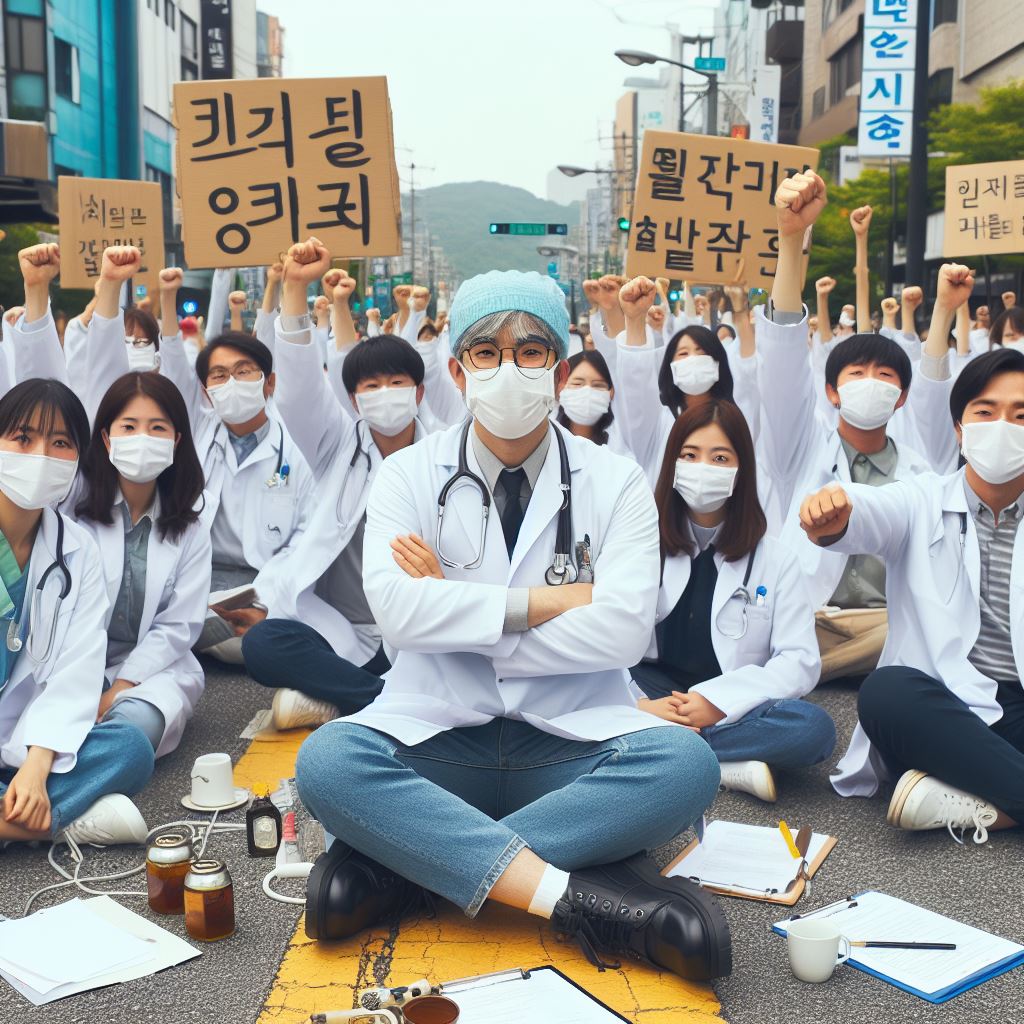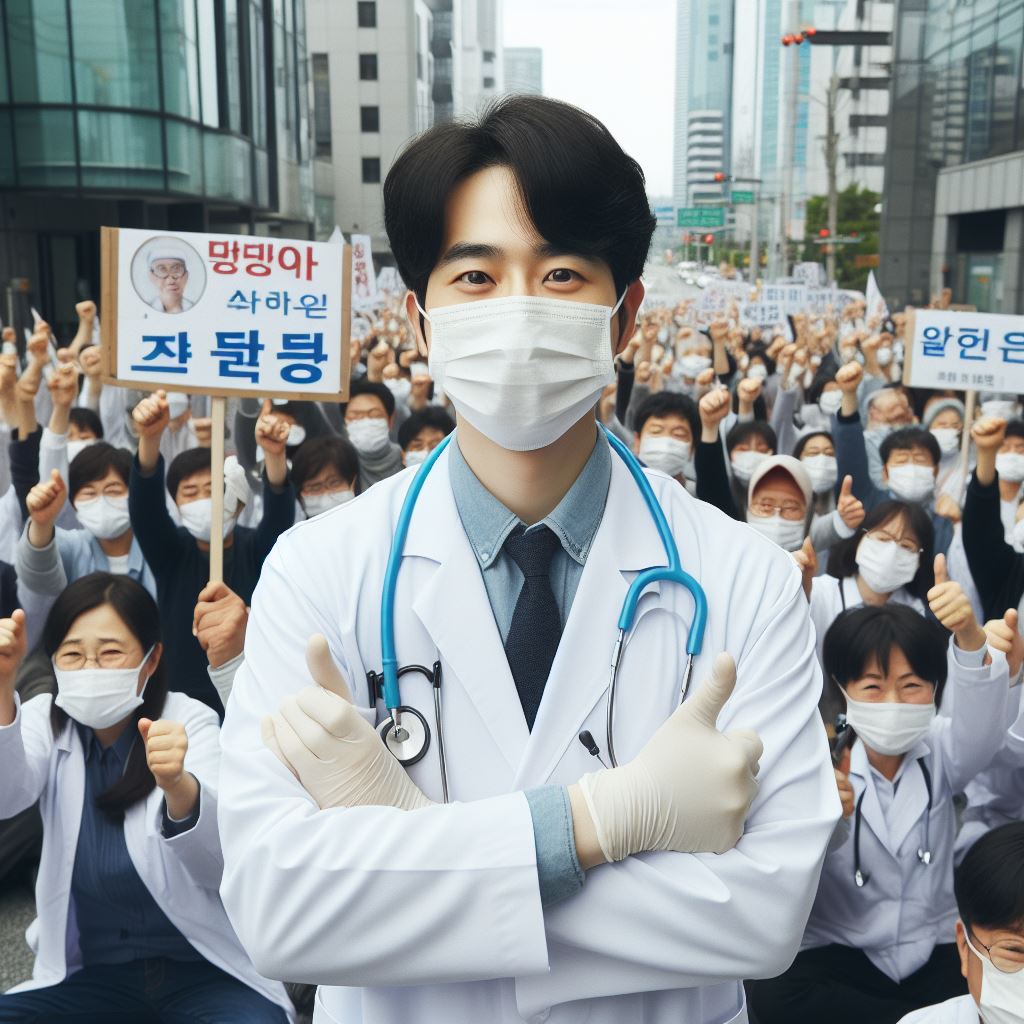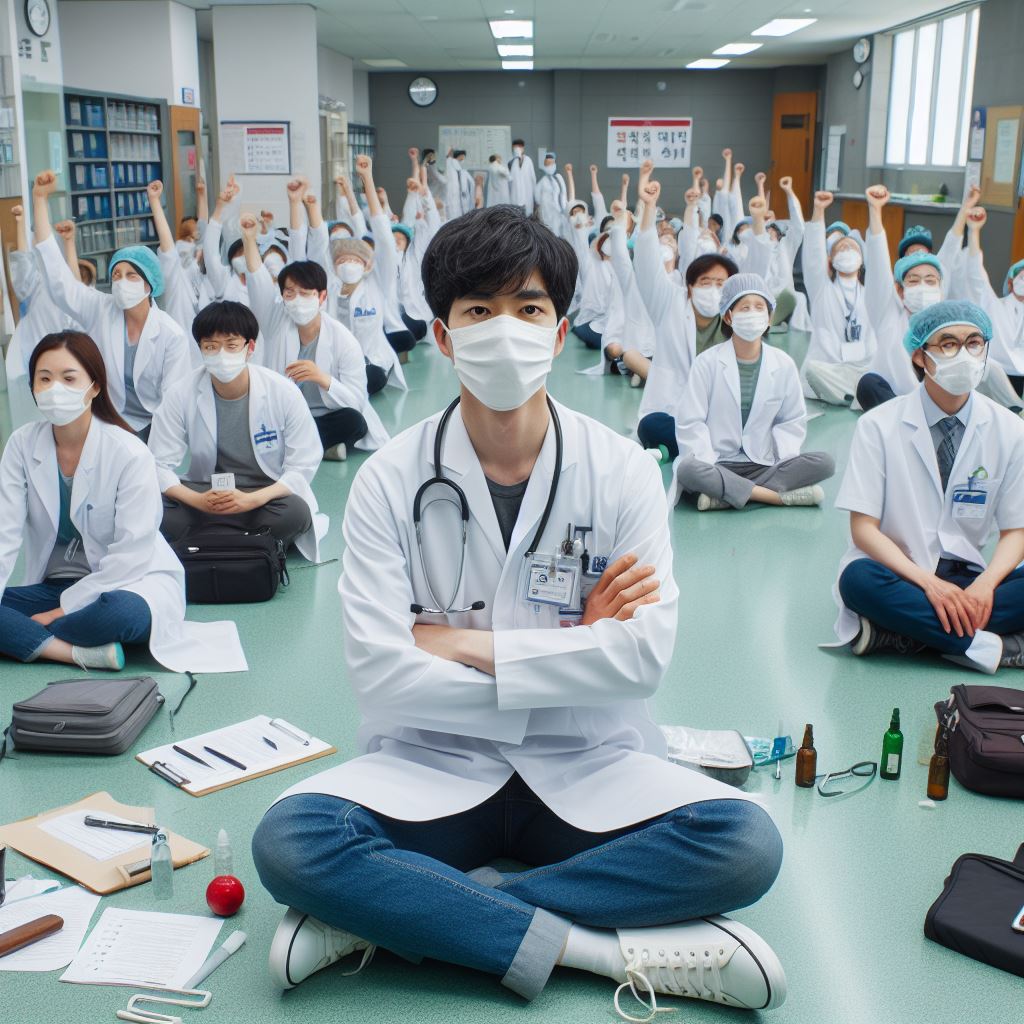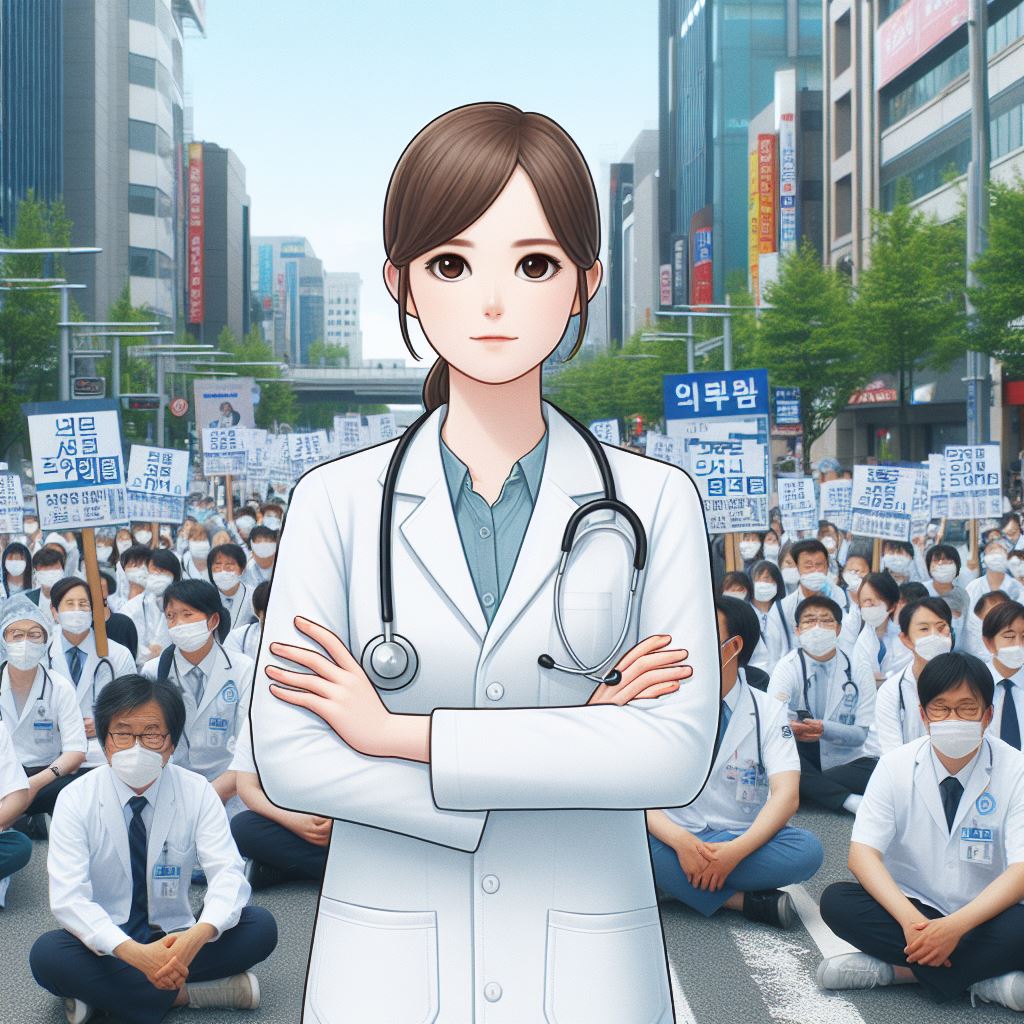韓國醫生罷工事件大規模爆發,似乎已經無法完美收場。
在韓國,醫生罷工事件大規模爆發,原因是政府增加醫學院的招生名額。這讓現有醫生感到他們的權益受到嚴重損害,因為他們當初投入大量金錢和時間,甚至背負著龐大的學貸。然而,政府的態度相當強硬,不願對醫療改革方案進行妥協,並威脅罷工醫生將受到嚴厲懲處,包括撤銷執照或面臨最高3年的有期徒刑。
總統尹錫悅為了逼迫醫生就範,採取極端手段,要求醫生參加兵役。與台灣類似,韓國的男性公民需要接受兵役體檢,而20至28歲的公民則根據體檢結果入伍,服役時間為23至28個月。醫學系畢業生有兩種入伍選擇:一是取得執照後以公共保健醫生身份入伍,另一是延後入伍,先完成實習課程再申請醫務士官候補,完成後以軍醫或公共保健醫生身份服役。超過28歲的人則成為後備軍人,相當於避免兵役。
這次罷工事件如果醫生選擇辭職,將立即面臨服兵役,而已經是軍醫或公共保健醫生者如果罷工則會面臨軍事法庭的審判。政府的處理方式導致雙方關係降至冰點,目前僵持狀態已持續一個多月。韓國醫協呼籲,如果罷工罷課無效,則以14萬名醫生使總統下台。自2月初以來,已有上萬名實習醫生和住院醫生請辭,全國超過一半的醫學系學生罷課或休學,教授們也準備辭職。最終,受害最深的是民眾,無法接受手術或領取藥物。
回顧過去幾十年的韓國歷史,至少發生過9次類似事件,每次都以醫生取得勝利結束。在2017年,文在寅政府提出增加醫療保險範圍的方案,導致上萬名醫生罷工。在2020年,儘管當時疫情嚴重,政府仍計劃擴招400名醫學系學生,醫生們仍堅持持續罷工。隨著對尹錫悅總統的不滿率已達到超過60%,政策的轉變似乎已經無法避免。
醫生罷工對社會會產生多方面的影響,這取決於罷工的規模、罷工的時間長短、罷工對於醫療機構的依賴程度等因素。以下是可能的影響:
醫療服務中斷:導致醫療服務的中斷或減少,尤其是急診和重症照護可能受到影響。患者可能無法及時獲得醫療護理,這可能對健康造成威脅,尤其是對於那些需要長期治療或處於急救狀態的患者。
公眾健康風險增加:會導致公共健康風險增加,因為有些疾病可能會得不到及時的診斷和治療,或者可能無法進行預防措施,這可能導致疾病的擴散或者嚴重的後果。
緊急情況應對能力下降:在罷工期間,醫院的應對能力可能會受到影響,因為人手短缺或者醫療設施的運作受到干擾。這使得應對突發緊急情況的能力下降,增加應對災難性事件的風險。
社會不安:會引發社會不安情緒,尤其是在大規模罷工或者持續時間較長的情況下。人們會感到擔心和焦慮,尤其是對於他們自己或家人的健康和安全。
經濟損失:對經濟造成影響,特別是當罷工導致醫療服務中斷或者減少時。這會導致企業和個人因為健康問題而缺席工作,從而影響生產力和經濟增長。
總的來說,醫生罷工可能對社會造成嚴重影響,尤其是對於公共健康和福祉方面。因此,政府、醫療機構和工會通常會努力通過協商和談判解決醫生與管理層之間的爭端,以避免罷工發生或者減少其影響。
In South Korea, a large-scale doctor strike has erupted due to the government's increase in medical school admissions. This has left existing doctors feeling their interests severely compromised, as they invested significant amounts of money and time, often carrying substantial student loan debts. However, the government's stance remains rigid, unwilling to compromise on healthcare reform plans, and it has threatened severe penalties for striking doctors, including revoking licenses or facing up to three years in prison.
President Yoon Suk-yeol has resorted to extreme measures to coerce compliance from doctors by demanding their participation in military service. Similar to Taiwan, South Korean male citizens undergo military service examinations, with those aged 20 to 28 entering military service based on examination results for a period of 23 to 28 months. Graduates of medical schools have two options for military service: one is to enlist immediately after obtaining their license as public health doctors, while the other option allows them to postpone military service until completing internship programs and then apply for officer candidacy as military doctors or public health doctors. Individuals over 28 years old become reserve soldiers, effectively exempting them from military service.
If doctors from military choose to resign during this strike, they will immediately face military service obligations, while those already serving as military or public health doctors will face military court trials if they participate in the strike. The government's handling of the situation has led to a frosty relationship between the two sides, and the deadlock has persisted for over a month. The Korean Medical Association has called for the overthrow of the president through the mobilization of 140,000 doctors if the strike and protests prove ineffective. Since early February, thousands of interns and resident doctors have resigned, over half of medical school students nationwide have gone on strike or taken leave, and professors are preparing to resign. Ultimately, it is the citizens who suffer the most, unable to undergo surgery or obtain medication.
Reflecting on South Korea's history over the past few decades, similar incidents have occurred at least nine times, each ending in victory for the doctors. In 2017, the Moon Jae-in government's proposal to expand healthcare coverage led to a strike by thousands of doctors. In 2020, despite the severe pandemic situation, the government planned to increase medical school admissions by 400, prompting doctors to continue their strike. With dissatisfaction with President Yoon Suk-yeol exceeding 60%, a policy shift seems inevitable.
Doctor strikes can have multifaceted impacts on society, depending on factors such as the scale and duration of the strike and the extent of reliance on healthcare institutions. These impacts include interruptions in medical services, increased public health risks, decreased emergency response capabilities, social unrest, and economic losses. In general, doctor strikes can severely affect public health and welfare. Therefore, governments, healthcare institutions, and unions typically work to resolve disputes between doctors and management through negotiation and dialogue to prevent or mitigate the impact of strikes.




照片:DALLE3
- 1
- 2
- 3
- 4
